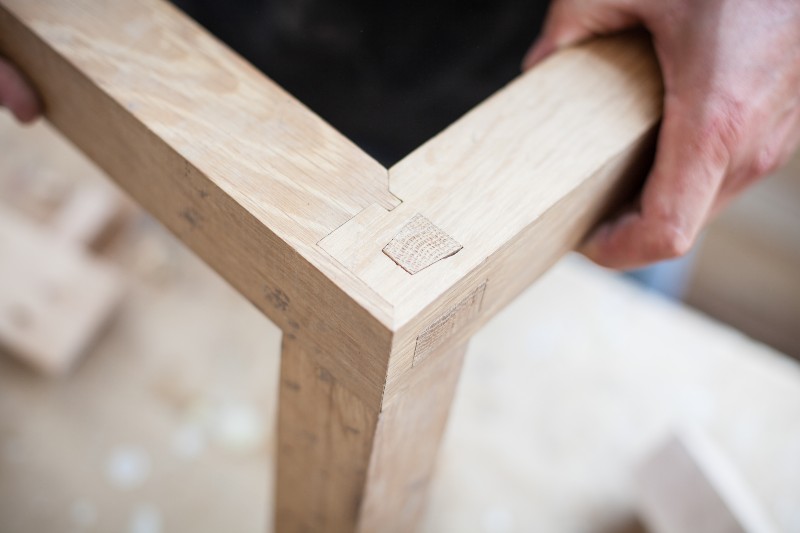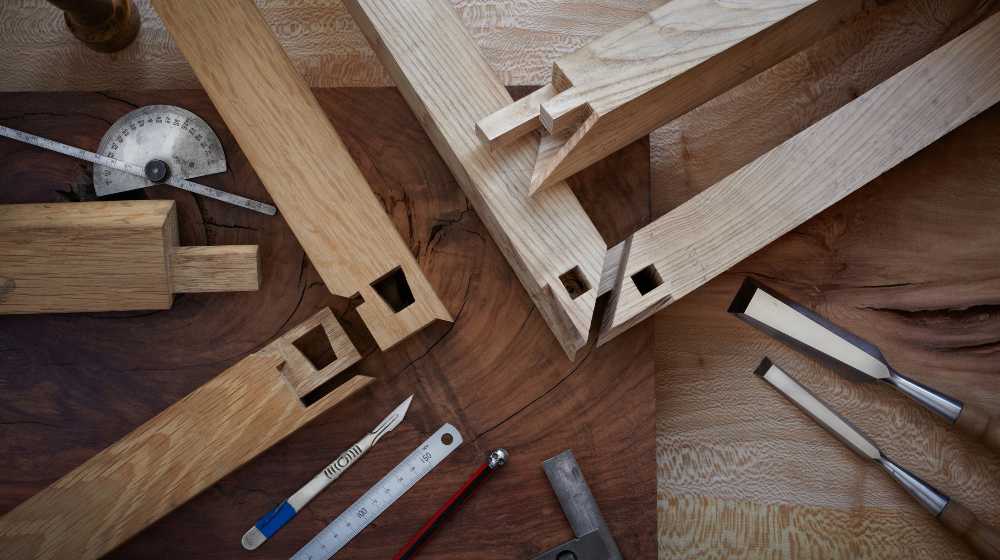Japanese Joinery | Japan is a place we have to thank for a lot of interesting and beautiful things: ikebana, manga, kimono, katana, and many others.
One thing that most people might not think of immediately is a specific school of joinery that has resulted in some incredible buildings.
Some of these were built hundreds of years ago and have managed to stay standing despite years of withstanding the elements and one specific quality that is especially surprising – they use no mechanical fasteners.
Read Also: 5 Unconventional Fishing Techniques
Japanese Joinery

Japanese joinery is probably one of the lesser-known art forms that came from Japan. However, a look into this type of carpentry shows an amazing set of skills, tools, and traditions.
The joiner uses an extensive base of skill and practice to join wooden members together with complicated cuts and joints.
Despite not using mechanical fasteners like screws or nails, the structures created with Japanese joinery are very strong because the intricate joints were developed over many years to suit the job they are used for.
Despite the complexity and strength that comes out of Japanese joinery, the cuts are all done by hand without power tools or modern equipment.
Everything comes from many different simple tools that, when used correctly, can be used to join with impressive strength.
So if you’re lucky enough to find yourself on a trip to Japan, make it a point to see some of the structures that utilize Japanese joinery techniques.
Some of the most beautiful are probably the Minka farmhouses that can be found throughout the country. The homes in northern Japan with high peaked roofs that look like praying hands are particularly impressive.
The joiners utilized trees growing on the sides of mountains with a specific curve for increased strength, allowing large horizontal spans and wide-open interior spaces.
When seeing these, just keep in mind that the structure around you isn’t even held together with screws and every cut was performed without power by a very skilled hand.








